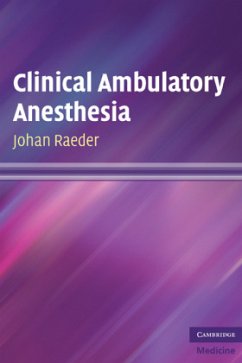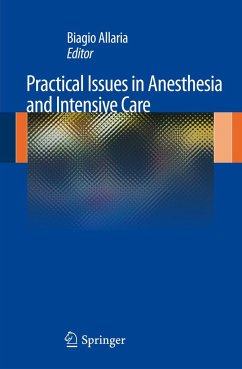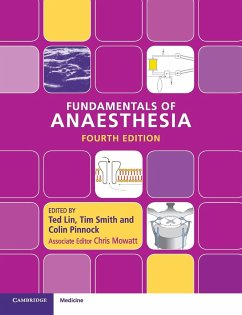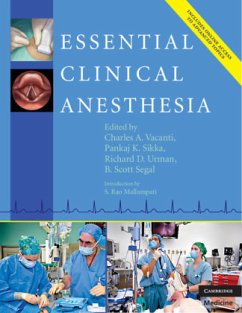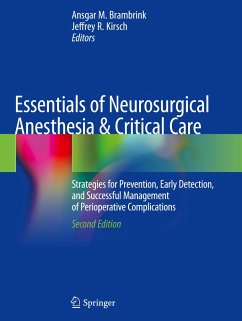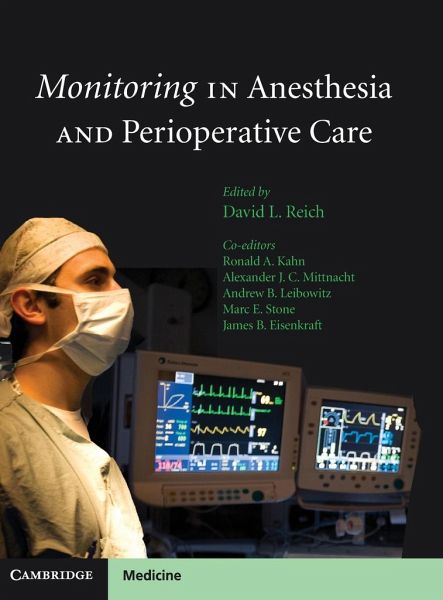
Monitoring in Anesthesia and Perioperative Care
Versandkostenfrei!
Versandfertig in 1-2 Wochen
134,99 €
inkl. MwSt.
Weitere Ausgaben:

PAYBACK Punkte
67 °P sammeln!
Describes the devices, techniques and principles of perioperative monitoring of surgical patients, covering the entire armamentarium used by modern anesthesiologists.
Monitoring in Anesthesia and Perioperative Care is a practical and comprehensive resource documenting the current art and science of perioperative patient monitoring, addressing the systems-based practice issues that drive the highly regulated health care industry of the early twenty-first century. Initial chapters cover the history, medicolegal implications, validity of measurement and education issues relating to monitoring. The core of the book addresses the many monitoring modalities, with the majority of the chapters organized in a systematic fashion to describe technical concepts, parameters monitored, evidence of utility complications, credentialing and monitoring standards, and practice guidelines. Describing each device, technique and principle of clinical monitoring in an accessible style, Monitoring in Anesthesia and Perioperative Care is full of invaluable advice from the leading experts in the field, making it an essential tool for every anesthesiologist.





